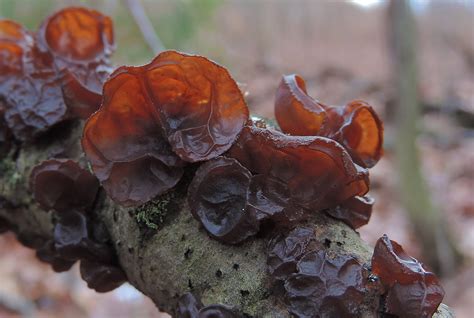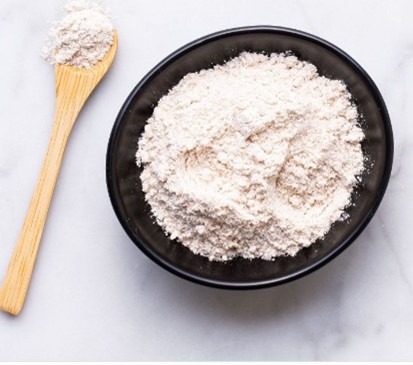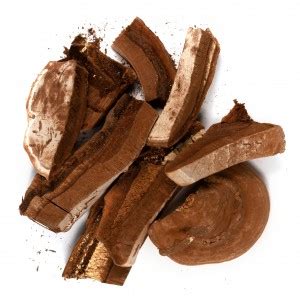What Is The Wood Ear Mushroom?
The Wood Ear mushroom, or Auricularia auricula-judae, is a species of edible Auriculariales fungus. It grows on the wood of deciduous trees and shrubs, most commonly elder. It has also been recorded on sycamore, beech and ash, and has also been found in India to be in evergreen and wet evergreen forests during the monsoon period. In Australia, it can be found in Eucalyptus woods and rainforests.
The Wood Ear is found worldwide, in some cases all year round, but it is most commonly found in the fall. It’s common throughout the year in temperate regions, where it grows upon both dead and living wood.
Wood Ear Mushroom Appearance and Identification
The Wood Ear grows all over, including in the United States. It’s one of the first mushrooms to come back to life after winter, although because it likes cooler temperatures, it sometimes disappears in the summer.
It is possible to forage for the Wood Ear. The fruiting body is distinguished by its noticeably ear-like shape hence the name wood ear. They are brown to almost black, so the color contributes to the woody moniker.
The mushrooms grow in crinkly, cap-shaped clusters that overlap. They are somewhat rubbery, leading to the alternate name jelly ear. Although they are rubbery, they do hold their form when compressed, and they thin at the edges.
They develop most commonly on decaying wood, so can be found on old stumps or logs. They can also be found on live trees, which could mean the tree is starting to decay. They are most commonly picked in the autumn to early winter, and then make an appearance in early spring. In southern climates, they may grow all winter. They are also cultivated around the world.
Are wood ears poisonous? No. Like many mushrooms, they add a unique flavor and texture to many recipes. However, like any mushroom found in the wild, it’s best to consult an expert to confirm you have the right variety before consuming it.
Auricularia auricula-judae Benefits and Composition
Like many mushrooms, the Wood Ear has long been used in Chinese medicine, as well as in popular Chinese recipes such as hot and sour soup. In Africa, it was used as a blood tonic.
In the West, Auricularia auricula-judae has been used in the past in folk medicine, believed to help sore throats, sore eyes and jaundice in the 19th century. It was also made into an astringent.
There are various components in the Wood Ear mushroom that are proving to provide health benefits. The composition of the mushroom includes health-boosting polysaccharides, biopolymers, and bioactive compounds in its protein extracts.
Modern research has been looking into the possible benefits of the Wood Ear mushroom, and it appears it may have the following properties:
anti-tumor
helps to heal wounds
anticoagulant
cholesterol-lowering
anti-bacterial
Here’s a summary of some of the modern research into the health benefits and possible medical applications of the Auricularia auricula-judae.
Antitumor: One study looked at the antitumor activity of different extractions of Auricularia auricula-judae 70% ethanol extract. It was found that certain solvent fractions showed an antitumor effect when used in mice. The researchers concluded that there were demonstrated “cytotoxic effects” of an A. auricula-judae ethanol extract, which inhibited the growth proliferation of certain tumor cells.
Helps heal wounds: Research examined the wound-healing effects of a water-soluble polysaccharide-rich extract obtained from Auricularia auricula-judae. The extract displayed antioxidant activity, and also promoted the process that helps heal wounds, such as increasing collagen synthesis. The study concluded that the Wood Ear extract “significantly accelerated the wound closure in a mice skin wound-healing model,” and that the wound-healing activities of the mushroom could be applied in a product used for treating wounds.
Anticoagulant: One study looked at the possibility of Auricularia auricula-judae helping to prevent blood clots. Various extracts of the polysaccharides of the mushrooms were tested as natural anticoagulants. Researchers concluded that there should be further exploration using different extraction and purification methods in hopes of using the extract as a food ingredient in antithrombotic (reducing the formation of blood clots) health foods, which in turn could be used in daily health care and post-disease recovery.
Cholesterol-lowering: A study examined the hypolipidemic (cholesterol lowering) effect of biopolymers extracted from culture broth, mycelia, and fruiting bodies of Auricularia auricula-judae. While the study was conducted on dietary-induced hyperlipidemic (suffering from high cholesterol) rats, cholesterol lowering effects were achieved in all the experimental groups, and the fruiting body extract seemed to be the most potent.
Anti-bacterial: One study concluded there is potential ability of the Wood Ear to be used as a herbal antimicrobial in the treatment of certain human bacterial and fungal pathogens. Research continues to explore other possible health benefits, including anti-inflammatory properties. Like other mushrooms, they are high in protein and iron, while being low in calories, carbs and fat.
Wood Ear Mushroom Preparation and Storage
Is wood ear mushroom edible? Yes! Wood Ear mushrooms have been part of Chinese cuisine for many years. They shouldn’t be eaten raw however, but should be cooked before eating.
What is wood ear mushroom good for? One of the most common uses of Wood Ear is in hot and sour soup. If you want them to be somewhat crunchy in the soup, you can slice them and then dry them. When you’re ready to make the soup, drop them in the soup while still dry, and they will partly rehydrate while the soup cooks.
Besides boiling in soup, they are also good for stir-frying and sautéing. Use them as you would other mushrooms. Before cooking, rinse the mushrooms and cut off any tough patches. They are commonly sold in dried form, which means you can reconstitute them before cooking. To do this, you soak them in water for at least half an hour. Then it’s best to use them immediately.
As for storing Wood Ear mushrooms, if you rehydrate them and don’t use them all, you could keep them in the fridge in an airtight container, but only for 1-2 days. Dried Wood Ear mushrooms should be stored in an airtight container in a cool, dark cupboard. They will last almost indefinitely this way.
What do wood ears taste like? When cooked, Wood Ear mushrooms stay firm, and are described as having a mild flavor that’s somewhat “musty.” Their chewy texture makes them popular for adding texture in many dishes, in particular Asian soup. Since they don’t have a strong taste on their own and absorb the flavors in which they’re cooked, they’re often used in Szechuan and other hot dishes, since they soak up the spicier flavors. The crinkly ear shape also “catches” and holds sauce.
Another common question about the Wood Ear is: Can black fungus be eaten overnight? Sometimes the Wood Ear is confused with its botanical cousin, black fungus (Auricularia polytricha or cloud ear), but they are not the same thing. When dried, they look similar, although black fungus is smaller than the Wood Ear. There have been some reported incidents of black fungus causing health issues when soaked overnight, because it can cause the formation of a bacteria. It’s best to place black fungus in the fridge if soaking overnight.
mushroomhealthguide.com/wood-ear-mushroom







